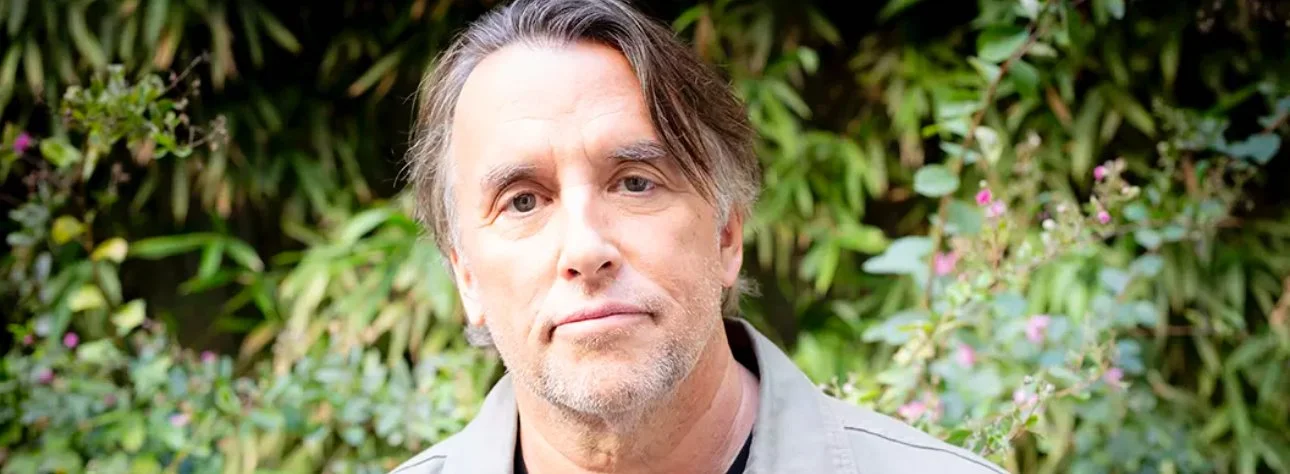When YouTube arrived in early 2005, it existed more as a curiosity than as a serious media force. As one of many different online video providers, its offering of Flash-based media placed it firmly as a middling service. Today, however, YouTube exists as the premier video website for content creators, with a value of over $15 billion.
With this growth has come influence, the likes of which has been unprecedented in its effects on the greater television environment. Both in terms of traditional television cable and more contemporary online systems like Netflix, YouTube continues to be an industry-defining operation. So, what makes it different, and why is its importance only likely to grow?
Amateur Engagement
Of all the standout aspects of YouTube, perhaps the most historically important is its ability to support the arrival and engagement of newcomers. While this was a common feature of many early video-streaming services, few were as developed and user-friendly as the first versions of YouTube.
Accepting even the lowest quality audio-visual footage, provided it fell within standards of decency and rights management, YouTube swung for the fences right out of the gate. Suddenly, millions of people no longer had to rely on dedicated amateur webpages like those from GeoCities to find views, forming communities within YouTube’s early infrastructure.
Source: Pixabay
With the barriers to entry lowered, the online world saw an influx of talent the likes of which the entertainment landscape had never seen. Millions of untapped personalities suddenly had an outlet, without the confines which long defined older systems. Essentially, YouTube was like public-access, with a thousand times the reach.
Building Connections
While many early YouTube channels were devoid of much creative or artistic merit, some managed to stand above. Corresponding to the rise of many other aspects of pop culture, the most popular channels and personalities began to influence other video markets. This contributed to a positive feedback loop between YouTube and new digital television, allowing both to reach new heights.
Most notably, YouTube's rise to the forefront of online entertainment took place during the takeoff of on-demand services. In the video space, Netflix and Hulu laid the way forward. Suddenly no longer a slave to traditional programming timeslots, users had complete freedom on a scale never before seen. Even at an early stage, when connection speeds weren't what they are today, this single advantage proved enough to encourage many users to make the leap.
In essence, this was a natural expansion of prior industries which made the jump between the physical and digital space. Modern incarnations of casino games like roulette online are another example of such a relationship. Operating alongside physical casinos, online games like Quantum Roulette and Dragon Jackpot offer an alternative and sometimes a companion which, just as with YouTube and television, isn’t necessarily a replacement.
Source: Pixabay
By the Numbers
Today, over 1.3 billion people regularly use YouTube, with over a billion videos watched per day. Each minute, 500 hours of footage are uploaded, and all of these numbers are only growing. By comparison, the changes to television are much less reliable, are far less telling of such rapid growth.
For cable television, a massive decline in viewership is understandable. In the 2014-2019 period alone, a 20% decline in primetime viewers was noted, with the total percentage of household cable connections dropping to 78% from 84%.
The reason for this was the rise of paid online streaming services. While existing for some time, the last few years have seen enormous leaps in these forms of connectivity. In 2015, 53% of households subscribed to at least one of the services, in 2020 that number has reached 78% and climbing.
Source: Pixabay
With so much of the world becoming digitized over the last two decades, the rise of some video systems like YouTube to dominant levels was inevitable. What is less predictable and measurable was the total effect that these systems would have on traditional forms of television media.
On a creative level, we know that many techno-cultural aspects were shared, with both sides blending different components to create a new whole. In terms of raw engagement numbers, the relationship is much more nebulous, though trends do at least predict a continuing upswing on the part of YouTube. So, what comes next?
That depends on the evolving relationships that YouTube has with licensing, and the lowering of cost and growing accessibility of global high-speed internet. While, at the moment at least, YouTube exists as an alternative system and companion, there could come a day soon where it instead reaches into the realm of replacement. Whatever the case, for the consumer at least, the coming years should be exciting ones.





